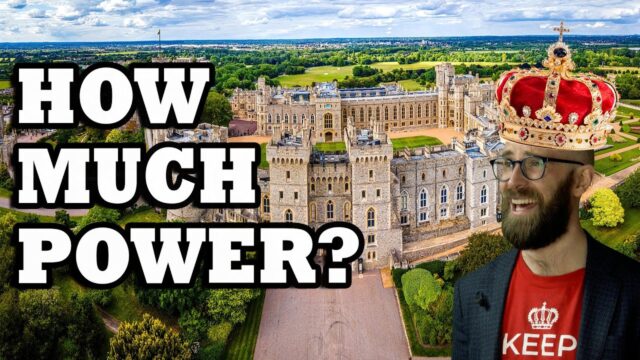“Unraveling the Myths: The Surprising Reality of Medieval Monarchical Power Revealed!”
Which leads nicely to the most spectacular and visible of Papal ‘power tools’:
Calling for a Crusade!
Cathars and their local allies had been fighting against crusader forces since 1209, when Innocent III had issued a call for a Crusade against them. In very basic terms, it only took for a Pontiff to write a letter along the lines of
‘Whomsoever fights in a holy Crusade against the infidels and/or the heretics for a period of 40 days, shall be absolved of all sins’
And boom! Just like that, thousands of professional knights, men-at-arms and improvised soldiers with apparently guilty consciousness would rock up in Southern France or the Levant, ready to skewer, or be skewered by, the enemies of Catholicism.
Throughout their rule, the two Popes directly initiated three major conflicts: the 4th and 5th Crusades against Muslim states in the Levant, and the Albigensian Crusade. The 4th Crusade was a complete FUBAR, ending with the devastation of Byzantium. While the Albigensian Crusade resulted in an estimated one million deaths, and the almost total annihilation of Languedoc culture of Southern France.
So, yeah – pretty powerful guys. But how much of that was unbridled power?
Just like the other monarchs mentioned so far, the Popes, too, listened to the advice of an assembly, in this case their Curia, composed of Cardinals. Honorius III, in particular, placed great importance on the counsel of these prelates.
And, according to Dr Benedict Wiedemann, University College London, it was through the Curia that European rulers could exert their own influence over Papal affairs. Many of the Cardinals comprising the Curia also served, or had served, as nuncios, or Papal legates abroad. While working in the European capitals, some of these ambassadors had developed close relationships with monarchs, barons, even knights.










